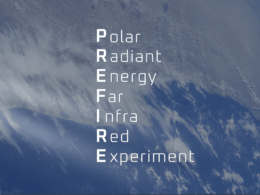Fastmarkets has launched a new suite of carbon market intelligence tools, aimed at supporting businesses in managing the growing regulatory and financial complexities associated with global decarbonisation efforts.
The introduction of the EU’s Carbon Border Adjustment Mechanism (CBAM) and heightened international climate targets have increased the urgency for industries to assess and manage their carbon exposure. Fastmarkets’ new carbon offering provides pricing data, market forecasts and regulatory insights to help sectors navigate the shifting landscape.
“Decarbonisation is no longer a future goal — it is a critical business priority today,” said Raju Daswani, CEO of Fastmarkets. “By integrating reliable pricing, in-depth market intelligence and regulatory insights, we empower our customers to navigate uncertainty and transform it into a competitive advantage.”
The company has introduced two main services as part of the launch:
- Carbon credits and removals: This product offers historical price assessments, long-term forecasts, and market intelligence. It includes data for CORSIA Phase 1 and nature-based projects such as Afforestation, Reforestation and Revegetation (ARR), Improved Forest Management (IFM), and REDD+. Forecasts cover 11 project types through 2030 and four market segments through 2050.
- CBAM insights: Currently in early access, this service provides analysis of the financial and supply chain impacts of the EU’s CBAM. A full release in August will expand coverage to include compliance markets and green commodity insights.
“Our goal at Fastmarkets is simple – to cut through the market noise and deliver insights that genuinely help businesses stay competitive,” said Stuart Evans, chief economist and head of environmental markets at Fastmarkets. “With our rigorous methodologies, market forecasts and deep market expertise, we’re equipping companies to manage their carbon priorities with confidence.”
The service also aims to assist sectors such as forestry, agriculture, aluminium, and steel to monetise carbon opportunities and reduce policy-related risks. The tools will be accessible from 12 May via an API-compatible platform, tailored dashboards, and weekly analytical reports.




















